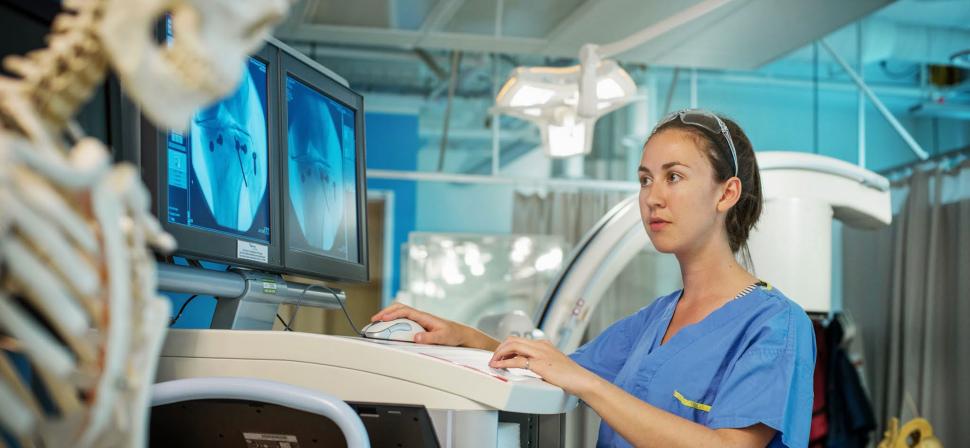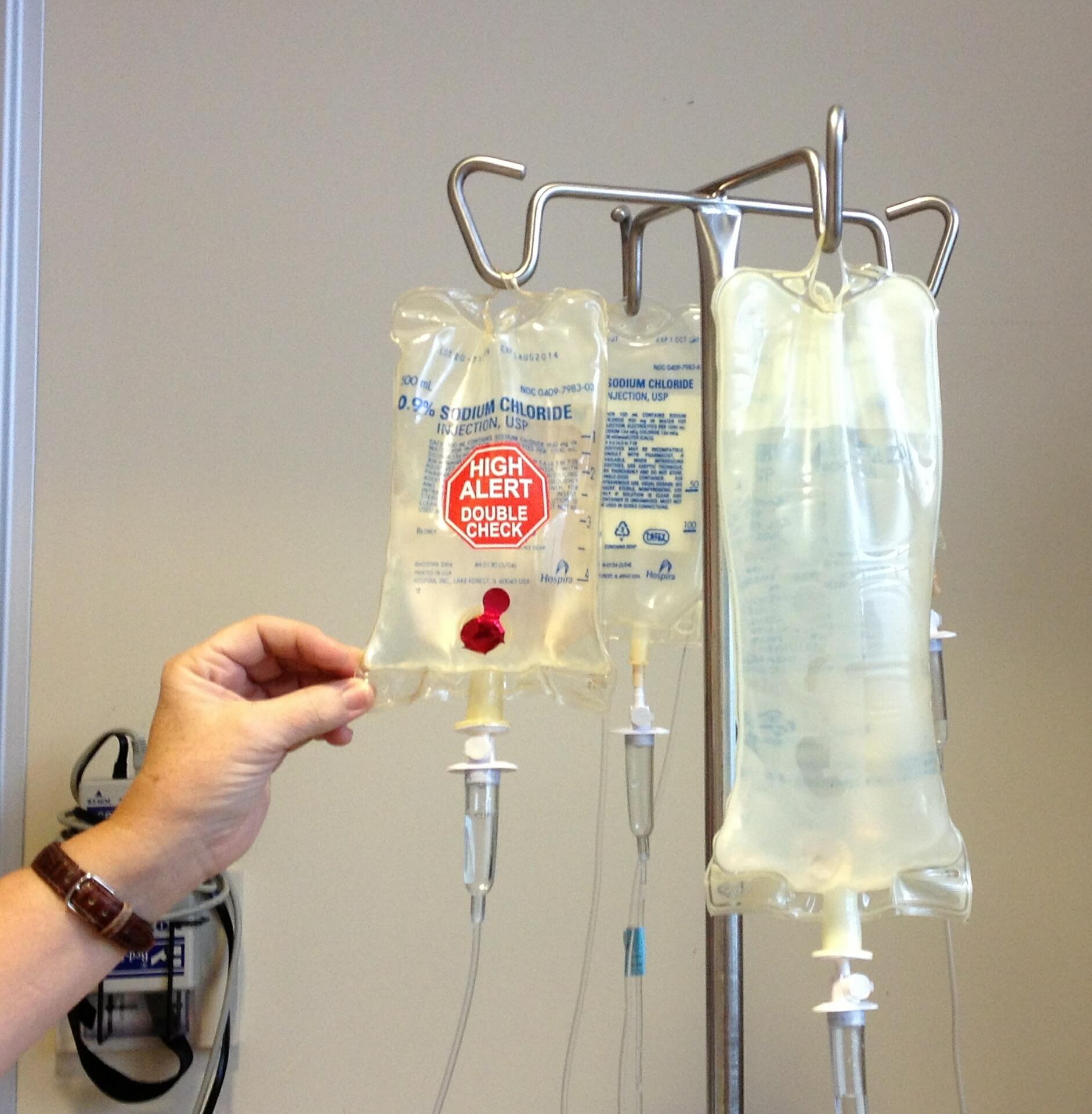
The use of liquid biopsy in early breast cancer: clinical evidence
Liquid biopsy, including each circulating tumor cell and circulating tumor DNA, is gaining momentum as a diagnostic modality adopted in the scientific control of breast cancer. The analysis of breast cancer has endured enhancing in Western countries. In Finland, for example, nearly 90% of breast cancer sufferers are alive after 5 years in their breast cancer diagnosis. However, there are wide variations in the prognosis of various subtypes of breast cancer, and breast cancer eventually recurs in approximately 20–30% of patients. Identifying sufferers with a bad analysis from a big mass of patients earlier and more correctly than before is key to reducing breast cancer mortality.
Liquid biopsy has been proposed as a likely device for screening breast cancer sufferers with poor analysis. At its best, liquid biopsy using circulating markers launched via way of means of most cancers cells can provide a greater complete photo of the most cancers tumor. It also can assist to perceive traits of breast most cancers that have a bad analysis, which could be overlooked via way of means of conventional evaluation methods. The study investigated the integrity of circulating cell-free DNA (cfDNA) in breast cancer sufferers, and the affiliation of this integrity with breast most cancers analysis. “High integrity was found to associate with a poor prognosis, and to be a prognostic factor independent of traditional prognostic factors,” says Maria Lamminaho, Lic. Med., the primary writer of the study. “It has been known that the integrity of cfDNA is higher in breast cancer patients than in healthy controls or in patients with benign breast tumors,” says Hanna Peltonen, Ph.D., one of the authors. The study used enormous patient information from the Kuopio Breast Cancer Project (KBCP) released in the 1990s, which enabled a greater complete evaluation of patients’ survival than previous studies.
The findings are especially exciting due to the fact the study focused on breast cancer patients whose analysis changed into accurate while measured on conventional prognostic factors. For example, while studying the cfDNA integrity of a collection of estrogen receptor-positive breast cancer sufferers – whose analysis is typically taken into consideration to be accurate – the researchers had been able to differentiate a collection of sufferers whose analysis changed into notably worse than the rest of the group’s.
Photo by National Cancer Institute on Unsplash


















